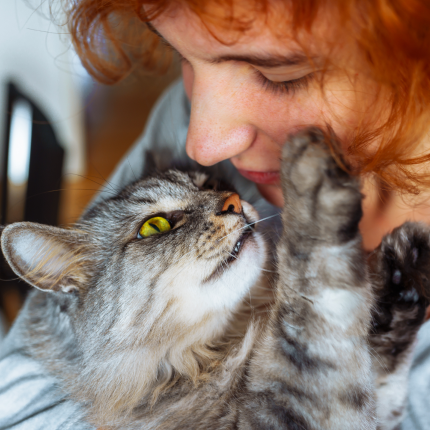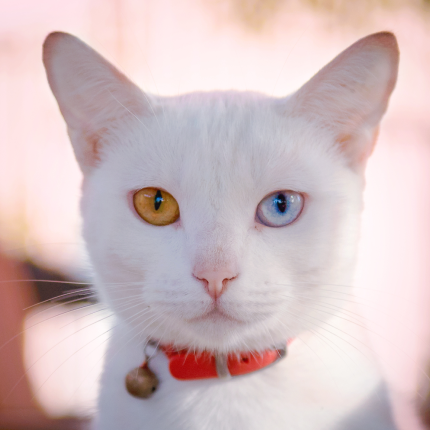New Research Dispels the Understanding That Cats Are Antisocial

For years, cats have been shrouded in mystery, often portrayed as solitary, aloof, and detached. However, recent research challenges these age-old perceptions, revealing a more nuanced understanding of feline behavior and social dynamics.
Feline researchers are now unveiling a surprising truth: many cats are remarkably social animals, capable of forming deep bonds with their human companions. Far from being aloof, your feline friend might be eager to learn a few tricks and engage in interactive play.
Understanding Cat Behavior
You’re not alone if you’ve ever been perplexed by your cat’s seemingly mischievous antics. The precise motivations behind their behavior have long been a source of speculation. While recent studies have made significant strides in unraveling cat behavior mysteries, our understanding still lags behind our canine counterparts.
Dogs vs. Cats
The disparity in our knowledge of dog and cat behavior can be traced back to our shared history with these animals. Humans have cultivated a deep and interactive relationship with dogs over millennia, collaborating on tasks that fostered companionship and mutual understanding. In contrast, cats’ ancestors were solitary hunters, existing on the fringes of human society.
Despite their evolution into indoor companions, cats are perceived as solitary and aloof creatures. This prevailing misconception fuels grumpy cat memes and creates barriers for cat owners seeking to address behavioral issues and foster a harmonious home environment.
Challenging Stereotypes
Contrary to popular belief, cats are constantly communicating with their human counterparts. Understanding these subtle cues is key to fostering a strong bond and resolving any communication barriers that may arise.
Cats constantly try to communicate with us, and people have to be good at understanding that. We won’t get along very well if there’s a communication barrier.
Embracing the Social Side of Cats
As research continues to illuminate cats’ complex social lives, it’s time to dispel the myths and embrace a new understanding of feline behavior. By recognizing cats as inherently social creatures, we can forge deeper connections with our feline companions and create enriching environments that cater to their social and emotional needs.
Emerging research is challenging the notion of cats as solitary and aloof creatures. By acknowledging their social nature and understanding their unique communication cues, we can cultivate stronger bonds with our beloved feline friends and pave the way for a more harmonious coexistence.

Featured Articles

Greebles and Cats: The Origin and the Meaning
You may have seen an internet sensation concerning cats labeled “greebles.” Feel out of the loop? We’re here to help you. In 2019, Reddit user /user/literallyatree commented on a Reddit post about a cat that looks like it’s trying to slap a ghost. This user commented: “My family calls things…

Polydactyl Cats: Just More Beans to Love
Polydactyl cats have become extremely popular in recent times. As a result, more and more people are interested in learning more about this six-toed cat and want to get one of their own. If you are a cat lover intrigued by polydactyl cats, you have come to the right place….

The Odd-Eyed Cat (AKA Heterochromia)
Cats are already beautiful and fascinating creatures, but people are bound to take notice when they have something as captivating as two different colored eyes. Odd-eyed cats always have one blue eye paired with either a green, yellow, or brown eye. This form of heterochromia occurs in other animals, including…
